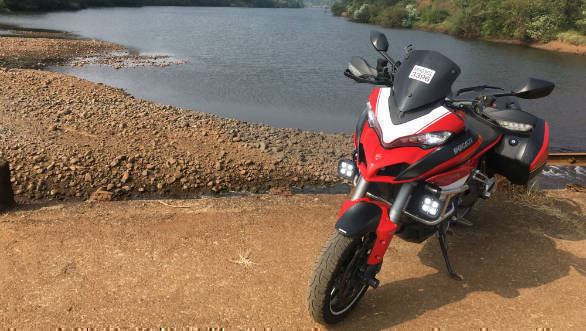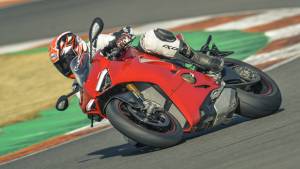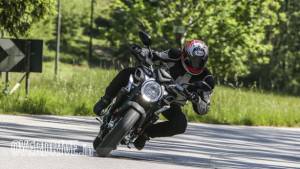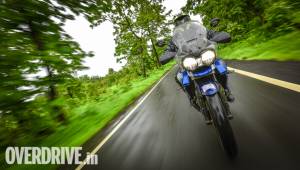Better riding: Riding solo
I got a question from a reader today. He said that he's done a few 1,000km runs by himself but he cannot seem to stop himself from worrying about it. His motorcycle has tubed tyres, that's one worry and he's worries about the police fleecing him along the way too. How to stop worrying, he asks. I have a five point approach to this.

1. Learn to solve problems
The first worry comes from your sense of not knowing what to do when something breaks. And the only way to fix that is to find out what to do. Garage 52 in Mumbai, for instance, runs a Wrenching 101 programme which expressly targets basic maintenance for precisely this purpose. What to do when you have a puncture, then? You should have the tools and the knowledge you need to fix it. Whether that's tyre irons and patches, or a in-tube sealant of some sort. Learning these basic skills will empower you to handle a situation as it arises - that's where confidence comes from.
2. Be prepared
You also need to ensure you are prepared. Raid de Himalaya supremo Vijay Parmar, for instance, says everyone heading into, say, Spiti Valley should carry at least four tie-down straps for the bike. That's the minimum you need to get the bike secured safely onto a truck. Will you break down? Perhaps not. But if you do, the ultimate solution is to get your motorcycle out safely. With four tie-downs in the bags somewhere, you're ready for that scenario. Being ready, again, gives confidence. You also need to let people know where you are. I now use Whatsapp's live location sharing and Find Friends on iOS to ensure that all my rides are trackable by people who I trust will spring into action if I needed a rescue.

3. Learn the value of money
When you encounter a tricky problem like a bent cop out on the highway alone, you're playing the situation by the ear, relying on your negotiation skills, right? That is a skill too. But there are other things you can do - keep some money stashed in secret places on the motorcycle, for example. Keep just enough cash in hand, and the rest in a more secure place. So when you open your wallet, temptation is at the very minimum. I often only keep one credit card handy and pay for everything with it - it's easy to fish out and put back, most petrol pumps and larger food establishments on the highway accept them and it keeps paper money - required for bribes - out of sight. And also always remember that it's only money. If that's the fast and easy way to get going again, resign yourself to it and move right along.

4. Practice
The more you ride, the more confident you will become. That means planning multiple, say, 400km loops that bring you back home on a regular basis and the big solo trips now and then. The long hours in the saddle will give you the confidence that you can handle yourself when you're on your own. Very few people are organised enough to be able to up and leave on a 4,500km multi-day trip without needing some prep time.
5. Be more prepared
The motorcycle is a mechanical device. Which means it needs its periodic care and fluids to keep running. So you might need to ensure this more aggressively so that you know for a fact as you leave town that the brake fluid, engine oil, coolant etc. are all topped up. All consumables - batteries, brake pads, cables, fuel, tyres - need to be ready for the ride. And the motorcycle cannot do this by itself.
6. Stop worrying
Worrying doesn't solve problems. It just raises your blood pressure. Learning to find solutions when problem occur rather than worrying about problems that have not happened yet, is a matter of fact approach not just to solo rides, but to life itself. You cannot cross a bridge, dear reader, before you come to it.
Related Stories
Top Stories
Latest Videos
Most Popular
- Budget Sportbike Showdown: Kawasaki Ninja 500 vs Aprilia RS 457 vs Yamaha YZF-R3
- 2014 Triumph Daytona 675 vs 2024 Kawasaki ZX6R - A Decade of Evolution in Supersport Motorcycles
- Mumbai-Pune Expressway speed restrictions updated
- Nissan Magnite EZ-Shift review - is the AMT any good?
- Nitin Gadkari states that tax on Hybrids should be reduced to 12 percent in the coming future












